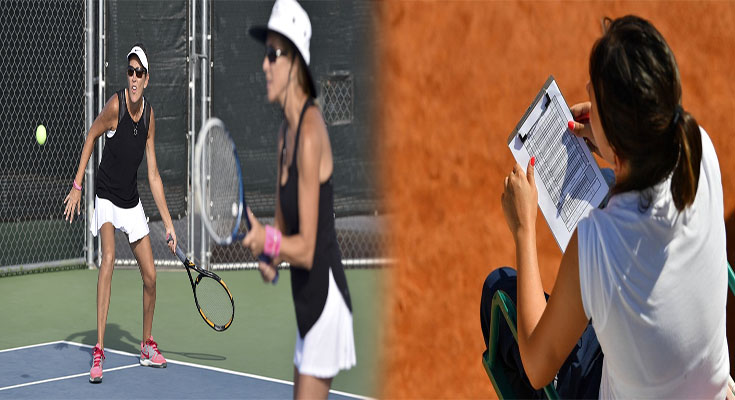
Sports Business Trends: Athlete Branding and Social Media
In today’s digital age, athlete branding and social media have become integral components of sports business strategies. The convergence of sports and social media has created new opportunities for athletes to build their personal brands and engage with fans on a global scale. In this article, we will explore the latest trends in athlete branding and social media within the realm of sports business.
The Rise of Athlete Branding
Athlete branding has evolved significantly in recent years, with athletes realizing the value of establishing their unique personal brands. Gone are the days when athletes were solely known for their performance on the field or court. Today, athletes are leveraging their personal brands to secure lucrative endorsement deals, partnerships, and collaborations with brands across various industries.
Authenticity and Transparency
One of the key trends in athlete branding is the emphasis on authenticity and transparency. Fans and consumers are more discerning than ever, demanding authenticity from the athletes they follow. Athletes who share their personal stories, values, and passions with sincerity are more likely to resonate with their audience and build a loyal following.
Social Media as a Branding Tool
Social media platforms such as Instagram, Twitter, and TikTok have revolutionized how athletes engage with fans and build their brands. Athletes use social media to showcase their daily lives, training routines, and off-field interests, offering fans a glimpse into their personalities beyond the sports arena. By establishing a strong presence on social media, athletes can connect with fans on a more personal …
Sports Business Trends: Athlete Branding and Social Media Continue Reading

